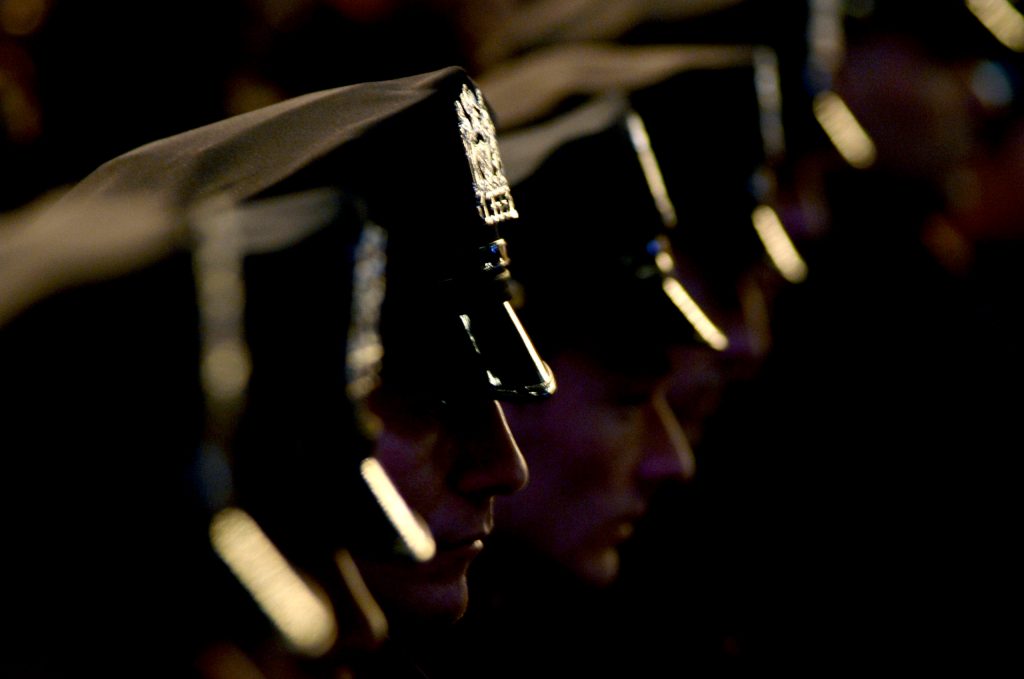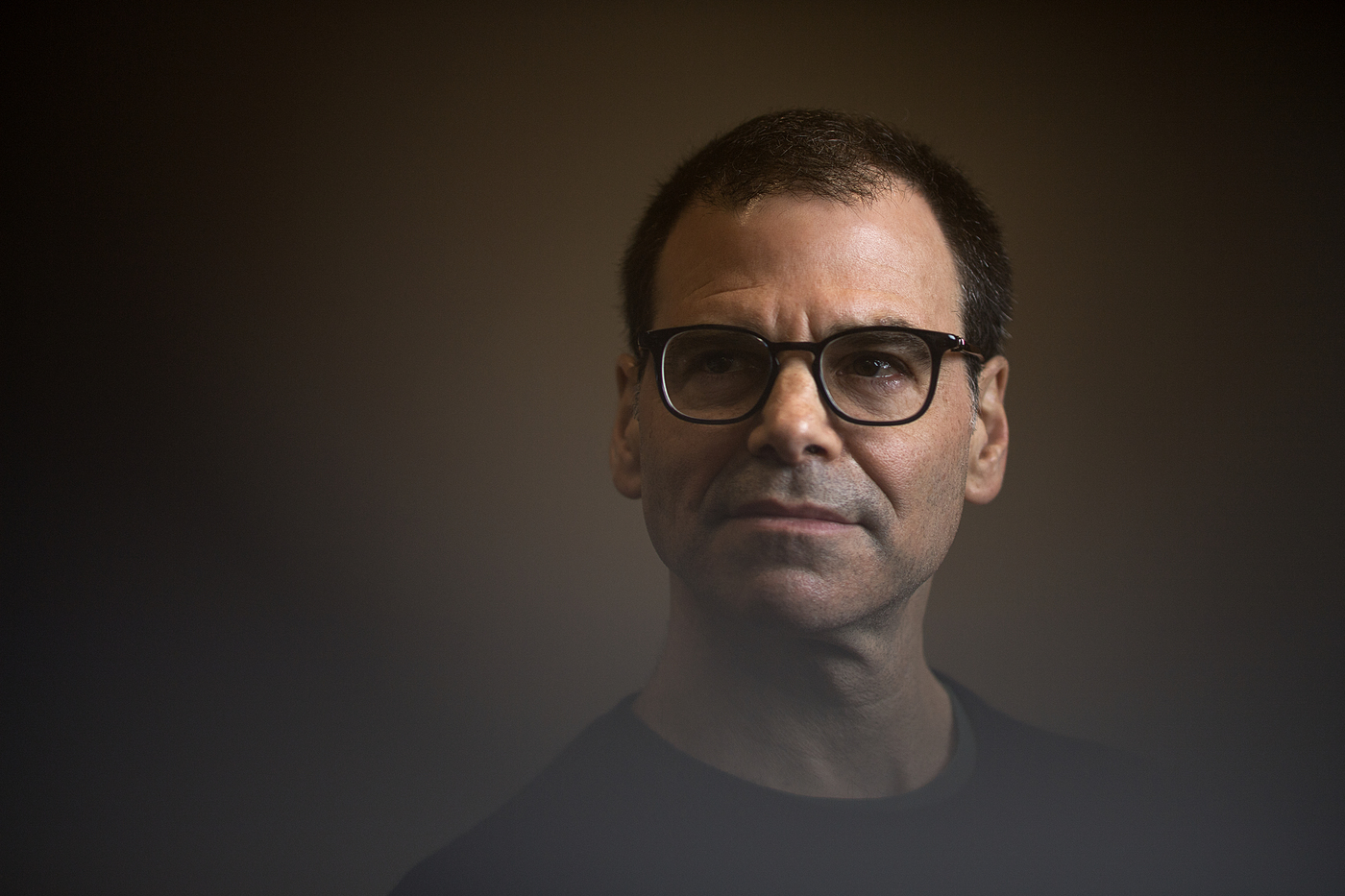1,000 people in the US die every year in police shootings. Who are they?

African-Americans are at greater risk of being killed by police, even though they are less likely to pose an objective threat to law enforcement, according to new data-driven research by Northeastern professor Matt Miller. Hispanics are also more likely to be victims of police shootings.
The Northeastern-Harvard study combs through shooting deaths by police across 27 states in 2014-15, based on details culled from police and medical-examiner reports by the relatively new National Violent Death Reporting System. Overall, close to 1,000 people are shot to death by police officers in the U.S. every year, according to a database maintained by the Washington Post.
“One in 15 firearm deaths is at the hands of police; among African-Americans it’s about one in 10,” says Miller, a professor of health sciences and epidemiology who has been researching injury and violence prevention for two decades. “Which isn’t to say that these shootings are all unjustified. But it sure makes you feel like we should try really hard to figure out how to use less lethal ways of arresting someone’s threatening behavior.”

Instead of approaching the study with a point of view to be proved or disproved, the researchers set out on a fact-finding mission. They spent two years analyzing the two-year database of 603 firearm homicides by police. They tagged and coded the narratives to put each shooting into context, and then ran the detailed results through a computer program.
“The computer looked at the variations in the data and grouped the victims into categories,” says Miller. “It turned out that there were seven categories that fit the statistics.”
The seven subtypes of police shootings set apart victims who were armed (with guns or knives) or unarmed, victims who were violent or non-violent, and other crucial details. Among those who were unarmed and appeared to show no objective threat to police, nearly two-thirds of the victims were Hispanic or Black.
Miller noted that none of the seven categories accounted for “suicide by cop,” in which victims seek to end their own lives by willfully provoking a police shooting. Instead, suicidal people were distributed across all seven categories.
In every subtype, African-Americans were victims at a rate higher than their proportion to the national population. “This disparity is at its most extreme among incidents involving unarmed victims who pose no apparent threat to law enforcement,” says Joey Wertz, a medical student at the University of California Los Angeles who was first author of the study.
Such details contribute to a larger, sobering issue, says Miller.
“A third of all homes have guns in this country, and we know that police shootings are occurring at higher rates when people live in areas with more guns,” says Miller. “It’s really sobering. It makes you want to step back and try to think about ways to help everybody reduce the number of fatal encounters. I mean, nobody walks away from this better.”
A next step will be to compare fatal encounters against encounters that did not result in a shooting, in hope of coming up with methods that may help defuse the violence. The database recently expanded to account for all 50 states, which should strengthen future studies.
“This report is a modest addition to what’s out there,” Miller says. “Hopefully it offers help to people who know a lot more than I do about what it’s like to be on the street and policing, and to be on the street as a victim. We hope that working together and at least trying to have discussions might contribute to reducing the toll.”
For media inquiries, please contact Shannon Nargi at s.nargi@northeastern.edu or 617-373-5718.






